Description
Molybdenum Disulfide (MoS₂): A Versatile Material for the Future
Molybdenum disulfide (MoS₂), a chemical compound composed of molybdenum and sulfur, is experiencing a surge in popularity due to its remarkable properties and potential applications across diverse fields. From high-performance lubricants to advanced electronics and energy storage, MoS₂ is proving to be a material of the future.
What is Molybdenum Disulfide?
MoS₂ belongs to a class of materials called transition metal dichalcogenides (TMDs). It boasts a layered structure, similar to graphite, where layers of molybdenum atoms are sandwiched between two layers of sulfur atoms. These layers are held together by weak van der Waals forces, allowing them to easily slide past each other – a characteristic that makes MoS₂ an excellent lubricant.
Key Properties and Advantages:
- Excellent Lubrication: MoS₂ is renowned for its superior lubricating properties, even under extreme pressure and temperature conditions. This is due to its layered structure, which facilitates easy shearing between the layers.
- Semiconducting Behavior: Unlike its predecessor, graphene, MoS₂ possesses a natural band gap, making it a promising semiconductor for electronics. This band gap can be tuned depending on the number of layers.
- High Surface Area: MoS₂ can be synthesized into various nanostructures, such as nanosheets and nanotubes, which exhibit high surface area. This makes them ideal for applications like catalysis and energy storage.
- Chemical Stability: MoS₂ is chemically inert and stable in a wide range of environments, including corrosive conditions.
- Optical Properties: MoS₂ exhibits unique optical properties, including strong light absorption and emission, which are crucial for optoelectronic devices.
Applications Across Industries:
The versatile properties of MoS₂ have led to its adoption in numerous industries:
- Lubrication: For decades, MoS₂ has been employed as a solid lubricant in machinery, automotive components, and aerospace applications. Its ability to withstand extreme conditions makes it superior to traditional lubricants in demanding environments.
- Electronics: The semiconducting nature of MoS₂ makes it an ideal candidate for next-generation electronic devices. Researchers are exploring its use in transistors, sensors, and flexible electronics. Its potential to create smaller, faster, and more energy-efficient devices is driving significant research efforts.
- Energy Storage: The high surface area and electrochemical activity of MoS₂ make it a promising material for battery and supercapacitor electrodes. It can enhance energy storage capacity and improve charge-discharge rates.
- Catalysis: MoS₂ nanoparticles exhibit excellent catalytic activity in a variety of chemical reactions, including hydrodesulfurization (HDS), a crucial process in the petroleum industry. The development of highly efficient MoS₂ catalysts is essential for cleaner energy production.
- Sensors: The sensitivity of MoS₂ to changes in its environment makes it suitable for developing advanced sensors for detecting gases, biological molecules, and other analytes.
- Biomedical Applications: MoS₂ is being investigated for its potential use in drug delivery, bioimaging, and photothermal therapy due to its biocompatibility and unique optical properties.
Challenges and Future Directions:
Despite its promise, MoS₂ faces some challenges:
- Scalable Production: Developing cost-effective and scalable methods for producing high-quality MoS₂ is crucial for widespread adoption.
- Control Over Morphology and Layer Number: Precisely controlling the morphology and layer number of MoS₂ nanostructures is essential for optimizing their properties for specific applications.
- Integration with Existing Technologies: Seamlessly integrating MoS₂-based devices with existing technologies is necessary for practical implementation.
Future research efforts will focus on overcoming these challenges and further exploring the potential of MoS₂. This includes:
- Developing novel synthesis methods for controlled MoS₂ nanostructures.
- Investigating new applications of MoS₂ in emerging fields like quantum computing and spintronics.
- Optimizing the performance of MoS₂-based devices through doping, alloying, and surface functionalization.
Conclusion:
Molybdenum disulfide is a remarkable material with a diverse range of properties and applications. From lubricating machinery to powering advanced electronics and storing energy, MoS₂ is poised to play a significant role in shaping the future of technology. As research and development efforts continue to advance, we can expect to see even more innovative applications of this versatile material in the years to come.

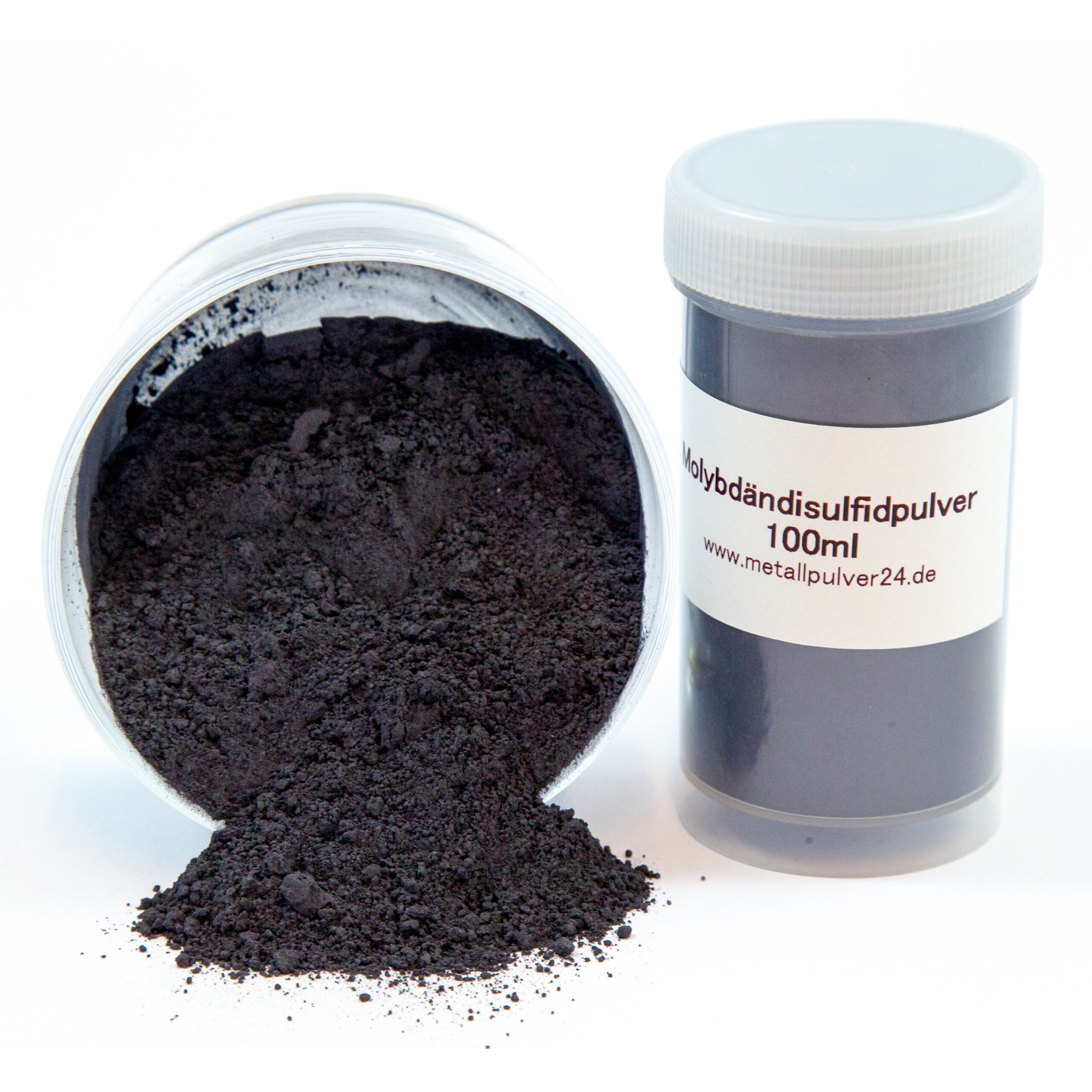
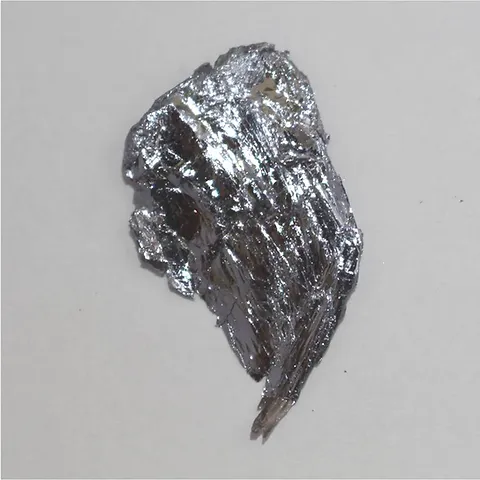
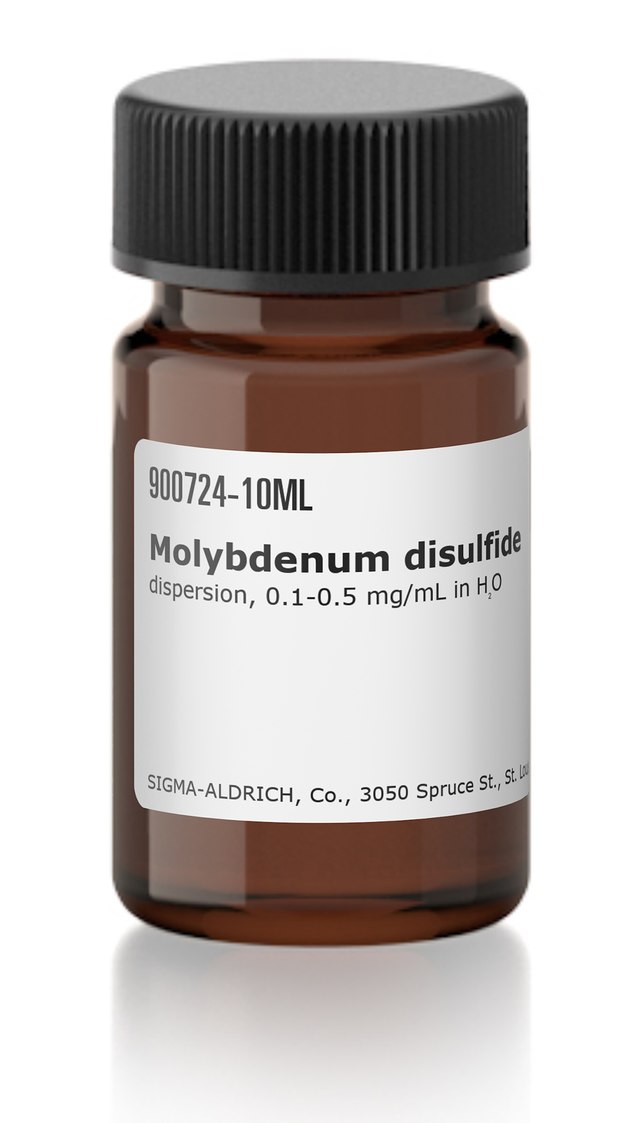


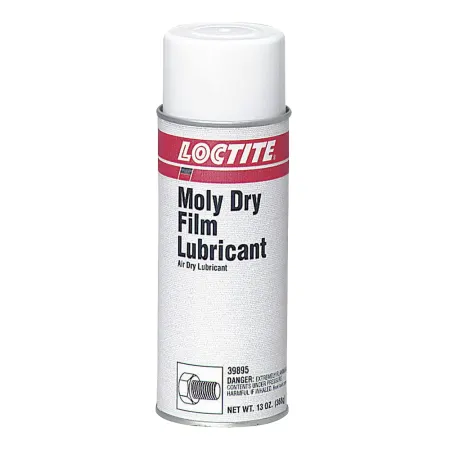
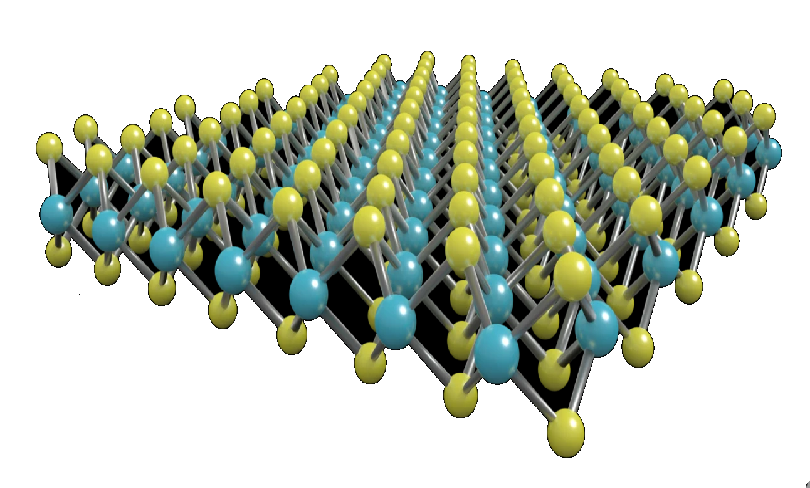
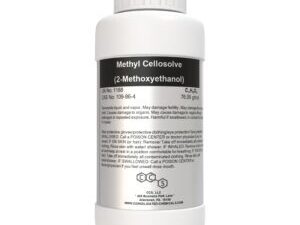
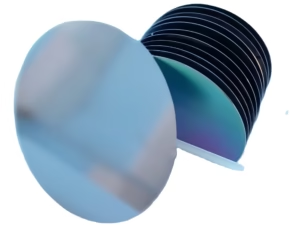


Reviews
There are no reviews yet.